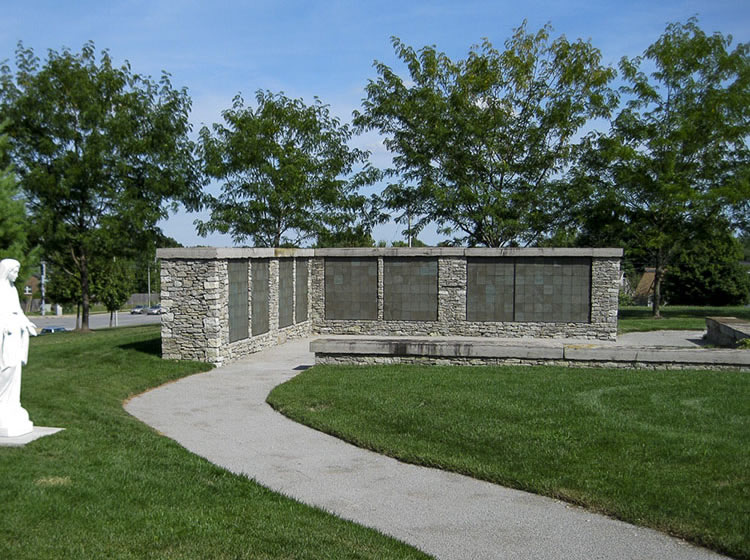There are several key reasons why columbarium niches take up less space than a mausoleum:
Size of individual unit:
- Columbarium niche: Designed to hold a single urn containing cremated remains, typically measuring around 12″ x 12″ x 12″. Everest Columbarium Niche measure 7.5” x 7.5”x 11.65” making it ideal to use when cemeteries and churches are landlocked.
- Mausoleum: Designed to house entire bodies or multiple urns, ranging from small structures for a single person to large structures for entire families. These can be many feet tall and wide, requiring significantly more space.
Stacking and efficiency:
- Columbarium niches: Can be stacked vertically in walls or structures, maximizing space utilization. Multiple niches can be placed close together within a small area.
- Mausoleums: Typically stand alone as individual structures, occupying more ground space per person interred.
Material usage:
- Columbarium niches: Often made from lighter materials like resin or even wood, requiring less material per unit.
- Mausoleums: Traditionally built from heavier materials like stone or concrete, using more materials and taking up more space.
Purpose and function:
- Columbarium niches: Solely meant for urns containing cremated remains, requiring less internal space.
- Mausoleums: Can have additional features like seating areas, chapels, or even crypts, requiring more internal and external space.
Land cost and availability:
- Columbarium niches: Offer a space-saving solution for cemeteries with limited land, allowing for more internments in a smaller area.
- Mausoleums: Require more land per person interred, which can be costly and resource-intensive in areas with limited space.
In summary, the smaller size of individual units, efficient stacking capabilities, lighter materials, and simpler function all contribute to columbarium niches requiring significantly less space than mausoleums. This makes them a practical and space-saving option for cemeteries, especially in urban areas with limited land availability.

 CALL US
CALL US E-MAIL
E-MAIL